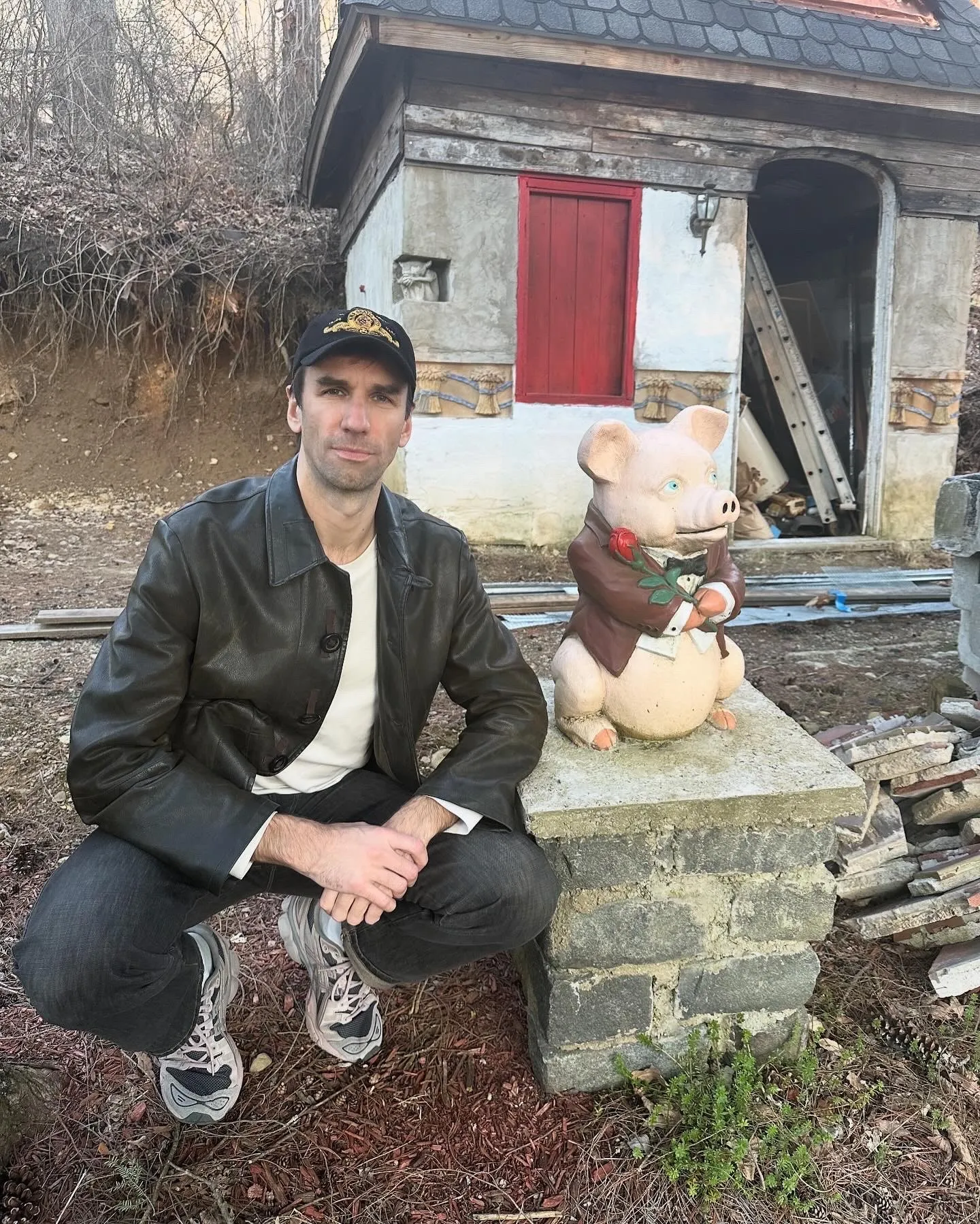Accommodations closed due to fewer requests

Officials say they no longer need several cantonal centres for housing asylum seekers. The reason: fewer asylum requests after the 2015 high.
The State Secretariat for Migration (SEM)External link estimates there will be 24,500 new asylum requests in 2017 – down from almost 40,000 two years ago.
However, the estimates rely on a deal between the European Union and Turkey. If that deal, meant to tackle the migrant crisis, were to collapse, the estimates could rise to more than 32,000 new asylum requests in 2017, according to Switzerland’s state secretary for migration, Mario Gattiker.
Gattiker informed cantonal justice directors about the estimates at the end of January, the Tages-Anzeiger newspaper on FridayExternal link. So far, however, the government is not planning to change its emergency asylum planning – which include freeing up the use of those cantonal centres.
The planning affects the registration, security checks, accommodation and care of asylum seekers. Keeping the cantonal centres available would allow the system to cope with any unexpected developments that could lead to a sharp rise in asylum requests, according to SEM.
Closed
In cantons Zurich, Basel City, Lucerne and Vaud several temporary accommodation centres have already been closed or are not being used at capacity. These include some of the civilian bunkers that were turned into accommodation centres.
Zurich, for example, said in May 2016 that it would close its bunkers in Zurich-Witikon and Zurich-Altsetten that had been turned into temporary accommodation for asylum seekers. These were opened in November and December 2015, when asylum requests were at a high.
Migration crisis
Two years ago, the high number of asylum requests in Switzerland were a direct result of the migration crisis in Europe. The government and cantons were forced to find extra accommodation in cooperation with local communities, which meant that military bunkers were also sometimes used.
By 2016 the number of asylum requests had dropped – against expectations – by 31%.
On Tuesday, the SEM released its first figures for 2017,External link showing there were 1,588 asylum requests in January. This was 10% less than in December and more than half the number in January 2016.
The drop resulted from the closing of the much-used Balkan route for migrants in March 2016, SEM said. The key countries of origin for asylum requests were Eritrea, Guinea, Syria and Afghanistan.

In compliance with the JTI standards
More: SWI swissinfo.ch certified by the Journalism Trust Initiative










You can find an overview of ongoing debates with our journalists here . Please join us!
If you want to start a conversation about a topic raised in this article or want to report factual errors, email us at english@swissinfo.ch.